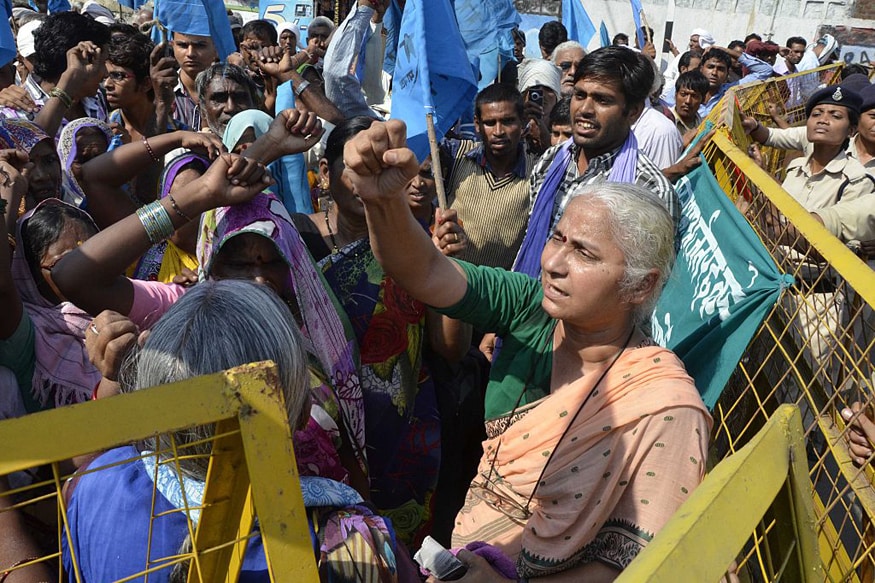The Statue of Unity, the tallest statue in the world, depicting Vallabhbhai Patel’s motto of unity, was announced to be India’s pride. Ironically, the locals living in the vicinity of the statue dissented from the statement made on October 31, 2018, that the statue is Gujarat’s tribute to the nation, or the statue being the country’s pride. This is because they were the ones to face the crude reality, that their livelihood was hit by the construction of the statue, whose ground was previously agricultural land, with no compensation received from the government even after the acquisition.
A few days back, as the Prime Minister’s birthday celebrations were held on one side of the Narmada, the other side of the river was filled with the agony of the locals, of how their years of struggle was taken from them, and till date no compensation was paid, their ongoing struggle to survive with rising water level in the Narmada, and the water pollution due to the ongoing development of the land around the statue. There were also a lot of protests by the tribal community in the Narmada district about the expense of the statue’s construction, which is estimated to be 2,900 crores, while the district suffered from lack of government hospitals and the minimal infrastructure needed for a decent living.

The crisis with the statue doesn’t end there, as a lot of workers at the statue protested about non-payment of their wages and how they were left with no options. Where a national social movement like Narmada Bachao Andolan, headed by farmers, activists and common man to save the river and create awareness on the environment within the people, was taking place for a good cause, a statue was built on the banks of the same river which added more miseries to the people whose livelihood relies on the river. After reading through these lines, it is a highly ironic matter, that in a district where locals are struggling for sustainable infrastructure for their existence, we are spending government funds on a statue. It also raises the question of whether the statue really did succeed in its intention of redefining a national leader’s motto, or it was just a whim of a single person.
